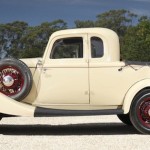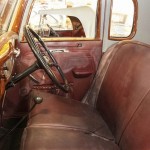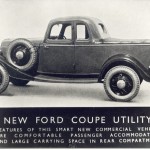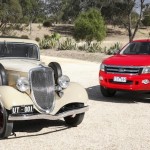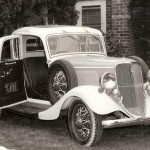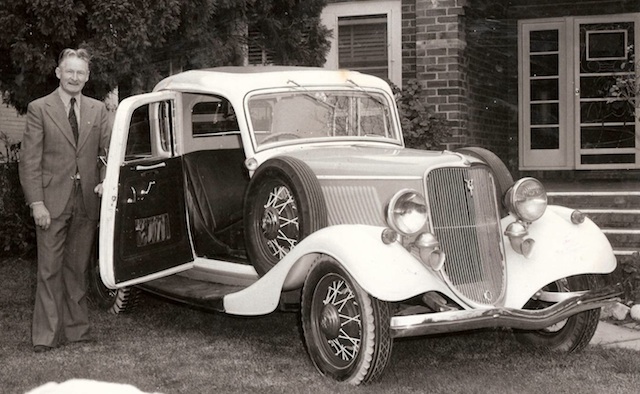
Ford is celebrating the 80th birthday of one of its most iconic vehicles, the Australian ute.
The first carry-all rolled off the assembly line in Melbourne in 1934. Not only was it an Australian invention, but the concept was exported to the world and reinterpreted by other carmakers.
The story of the first Ford ute is a key part of the carmaker’s heritage. Like all good ideas, it was born out of necessity, very much like the first Model T Ford.
In mid-1933 the then managing director of the Ford Motor Company of Australia, Hubert French, received a letter from a farmer’s wife in Victoria’s Gippsland.
She wrote: “My husband and I can’t afford a car and a truck but we need a car to go to church on Sunday and a truck to take the pigs to market on Monday. Can you help?” What the customer wanted was a vehicle with passenger car comfort but could also carry loads.
French passed the letter on to a young design engineer, Lewis Bandt. The 23-year-old was Ford Australia’s only designer. Bandt sketched out his ute on a huge blackboard, giving it a 545kg payload on a wheelbase of 2845mm.
He completed his original design in October, 1933, and quickly produced two prototypes for testing. By January 23, 1934, he had the final drawings and the new Ford ute went into production on February 26, with Bandt christening his design a ‘coupe-utility’. Two of the first were sent to Ford in Canada. The ute even caught the eye of Henry Ford.
Bandt’s take on the passenger car-based utility was considered revolutionary at the time. Until the early 1930s, many carmakers and vehicle body builders had built wooden or metal ‘utility’ bodies on car chassis. Ford’s Model T was a particular favourite and Ford T “Buckboards” and “Utility Runabouts” were to be found throughout the world.
Where Bandt’s design differed was that he developed his Ford utility as a coupe (two-passenger, steel-paneled, glass-windowed car) with an integrated steel-paneled load carrying section at the rear. What Bandt did was to blend the ‘pick-up’ sides into a coupe body, which provided a cleaner profile and increased the load area behind the cabin.
The Ford ute ran a V8 engine driving the rear wheels via a three-speed manual gearbox. Suspension was leaf springs with shock absorbers at the front and heavy duty semi-elliptic rear springs and shock absorbers at the rear.
The cabin was the same as the four-door Model 40 Ford five-window coupe. But, instead of the rear luggage compartment or ‘dicky seat’, Bandt added a wooden-framed utility section with steel outer panels welded to the coupe body to form a smooth-sided vehicle.
The result was quickly hailed as the ‘must have’ vehicle for rural communities and 22,000 were sold between 1940 and 1954. The first Falcon-branded ute was launched in 1961. Since then Ford Australia has sold more than 455,000 Falcon utes
• Bandt died in 1987, after being involved in an accident driving a restored version of the utility he helped make famous. His original drawings of the 1934 coupe-utility are now archived in Australia. The rebuilt version of the first ute is in a museum near Melbourne.

